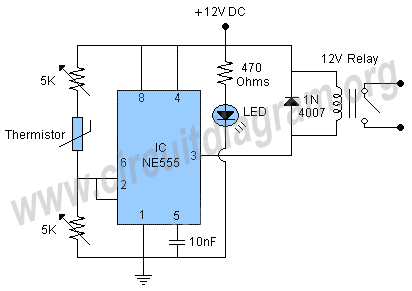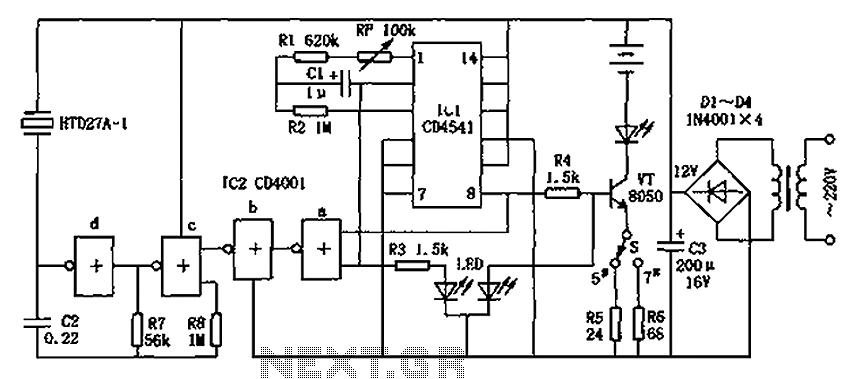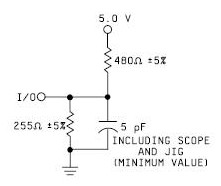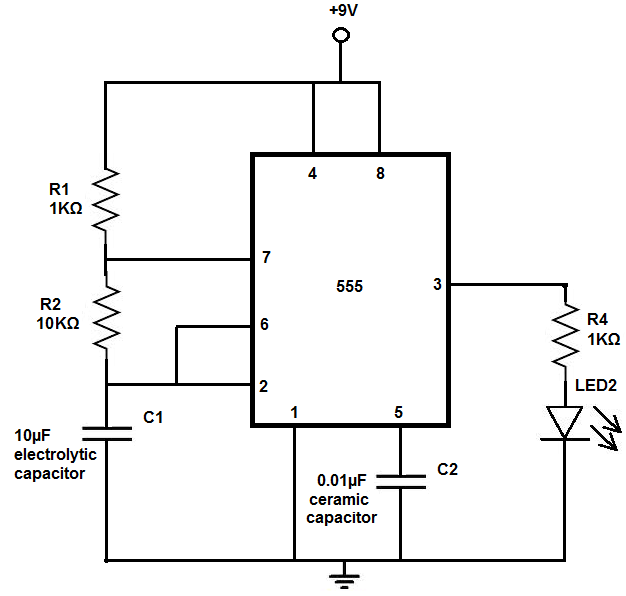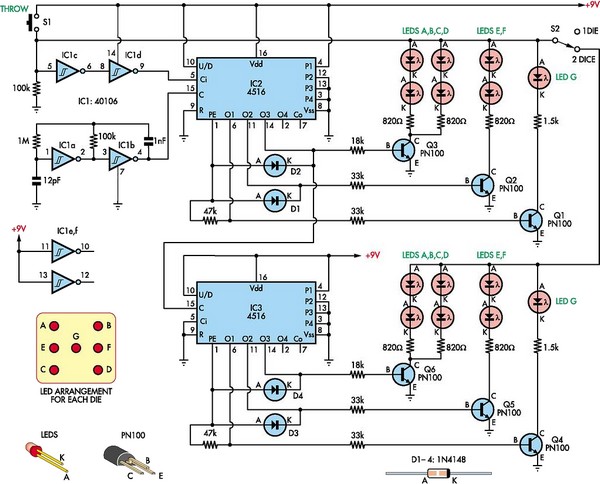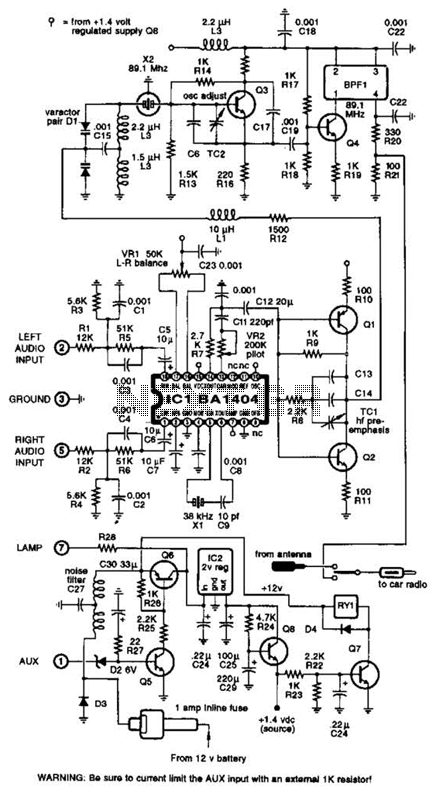
rc triggering circuit
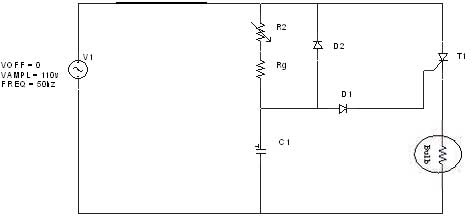
The diagram illustrates an R-C-Diode circuit that provides full half-cycle control (180 electrical degrees). During the positive half-cycle of the SCR anode voltage, the capacitor charges to the trigger point of the SCR, a process governed by the RC time constant and the increasing anode voltage. The top plate of the capacitor charges to the peak of the negative voltage cycle through diode D2 during the negative half-cycle, resetting it for the subsequent charging cycle. In the negative half-cycle, the capacitor charges in the reverse direction. As the supply voltage rises toward the positive side, the capacitor voltage also recharges in the opposite direction. When this capacitor voltage reaches the threshold voltage, the SCR will activate, allowing the capacitor to discharge through diode D2, resulting in a minimal positive voltage. The firing angle can be adjusted from 0 to 180 degrees.
The R-C-Diode circuit operates by controlling the timing of the SCR (Silicon Controlled Rectifier) firing, which is crucial for applications requiring precise power control such as dimmers, motor speed controllers, and heaters. The capacitor in the circuit plays a pivotal role, charging during the positive half-cycle and discharging when the SCR is triggered. The RC time constant, defined by the resistor (R) and capacitor (C) values, determines how quickly the capacitor charges to the necessary threshold voltage to trigger the SCR.
During operation, as the SCR is forward-biased in the positive half-cycle, the capacitor charges up to a certain voltage level. This voltage level is dependent on the RC time constant, which is influenced by the resistance and capacitance values selected in the circuit. Once the capacitor voltage reaches the SCR's gate trigger voltage, the SCR turns on, allowing current to flow through the load.
In the negative half-cycle, diode D2 ensures that the capacitor discharges in a controlled manner, preventing reverse current flow that could damage the SCR. The capacitor's voltage can reverse as the supply voltage increases, allowing it to recharge in the opposite direction. This mechanism resets the capacitor for the next cycle, ensuring that the circuit can continuously control the load based on the input voltage waveform.
The ability to vary the firing angle from 0 to 180 degrees allows for a flexible control mechanism, enabling the adjustment of the power delivered to the load. This feature is particularly beneficial in applications where varying levels of power are required, enhancing the circuit's versatility and efficiency. Overall, the R-C-Diode circuit exemplifies a fundamental approach to phase control in AC circuits, providing effective management of power delivery through precise timing of SCR operation.Diagram shows an R-C-Diode circuit giving full half-cycle control (180 electrical degrees). On the positive half-cycle of SCR anode voltage the capacitor charges to the trigger point of the SCR in a time determined by the RC time constant and the rising anode voltage. The top plate of the capacitor charges to the peak of the negative voltage cycl e through diode D2 on the negative half-cycle, resetting it for the next charging cycle. During negative half cycle capacitor charges in reverse direction when the supply voltage increases towards positive side the capacitor voltage also recharges in opposite direction. When this capacitor voltage reaches threshold voltage SCR will turn on and capacitor discharges through diode D2 and its voltage become very small positive voltage.
Firing angle can be varied from 0 to 180 degree. 🔗 External reference
The R-C-Diode circuit operates by controlling the timing of the SCR (Silicon Controlled Rectifier) firing, which is crucial for applications requiring precise power control such as dimmers, motor speed controllers, and heaters. The capacitor in the circuit plays a pivotal role, charging during the positive half-cycle and discharging when the SCR is triggered. The RC time constant, defined by the resistor (R) and capacitor (C) values, determines how quickly the capacitor charges to the necessary threshold voltage to trigger the SCR.
During operation, as the SCR is forward-biased in the positive half-cycle, the capacitor charges up to a certain voltage level. This voltage level is dependent on the RC time constant, which is influenced by the resistance and capacitance values selected in the circuit. Once the capacitor voltage reaches the SCR's gate trigger voltage, the SCR turns on, allowing current to flow through the load.
In the negative half-cycle, diode D2 ensures that the capacitor discharges in a controlled manner, preventing reverse current flow that could damage the SCR. The capacitor's voltage can reverse as the supply voltage increases, allowing it to recharge in the opposite direction. This mechanism resets the capacitor for the next cycle, ensuring that the circuit can continuously control the load based on the input voltage waveform.
The ability to vary the firing angle from 0 to 180 degrees allows for a flexible control mechanism, enabling the adjustment of the power delivered to the load. This feature is particularly beneficial in applications where varying levels of power are required, enhancing the circuit's versatility and efficiency. Overall, the R-C-Diode circuit exemplifies a fundamental approach to phase control in AC circuits, providing effective management of power delivery through precise timing of SCR operation.Diagram shows an R-C-Diode circuit giving full half-cycle control (180 electrical degrees). On the positive half-cycle of SCR anode voltage the capacitor charges to the trigger point of the SCR in a time determined by the RC time constant and the rising anode voltage. The top plate of the capacitor charges to the peak of the negative voltage cycl e through diode D2 on the negative half-cycle, resetting it for the next charging cycle. During negative half cycle capacitor charges in reverse direction when the supply voltage increases towards positive side the capacitor voltage also recharges in opposite direction. When this capacitor voltage reaches threshold voltage SCR will turn on and capacitor discharges through diode D2 and its voltage become very small positive voltage.
Firing angle can be varied from 0 to 180 degree. 🔗 External reference
Warning: include(partials/cookie-banner.php): Failed to open stream: Permission denied in /var/www/html/nextgr/view-circuit.php on line 713
Warning: include(): Failed opening 'partials/cookie-banner.php' for inclusion (include_path='.:/usr/share/php') in /var/www/html/nextgr/view-circuit.php on line 713
